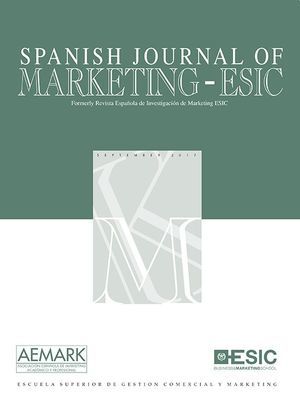El objetivo del presente trabajo, de naturaleza exploratoria, es analizar, a través de un modelo conceptual y de los datos recogidos a partir de una muestra de 150 empresas exportadoras españolas, las consecuencias de la proactividad exportadora y de la orientación al mercado en las operaciones de comercio exterior. Más concretamente, se analiza como ambos factores influencian el nivel de compromiso exportador de la organización, así como las decisiones estratégicas tendentes a adaptar los elementos de marketing-mix a las necesidades de los mercados extranjeros. Además, se evalúa como tales comportamientos empresariales en el ámbito internacional influyen en las percepciones directivas sobre el logro de ventajas competitivas en los mercados extranjeros, así como en las actitudes futuras de la dirección de la empresa hacia su actividad exportadora. Los resultados corroboran el importante papel que desempeña la proactividad exportadora y la orientación al mercado en los comportamientos, percepciones y actitudes directivas hacia la exportación, siendo recomendable potenciar tales orientaciones en aquellas organizaciones que realizan operaciones de comercio exterior.
The aim of this paper, exploratory, is to analyze, through a conceptual model and the information obtained from a sample of 150 Spanish export firms, the impact of export and proactive market orientation on business operations abroad. More specifically, we analyze how these two factors influence the level of export commitment of the organization, and strategic decisions aimed at adapting the elements of marketing mix to the needs of foreign markets. Also evaluates such conduct business internationally directives affect perceptions about the achievement of competitive advantages in foreign markets and in the future attitudes of the management of the company towards its export activity. The results confirm the important role of exporting and proactive market orientation on the behaviors, attitudes, perceptions and policies towards exports, strengthen those guidelines being recommended for organizations that conduct business abroad.





